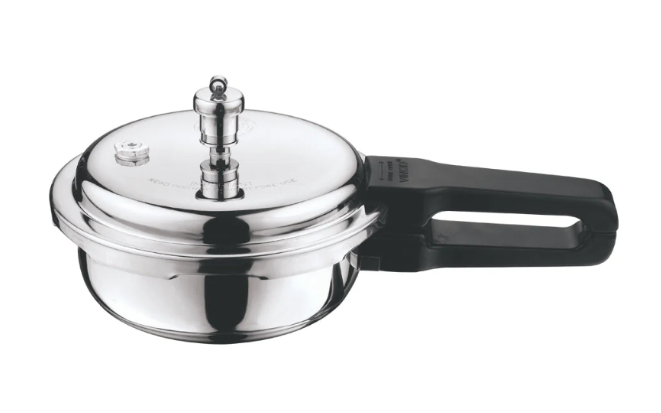Discover why the Funinstar official site stands as a trusted choice for users seeking the best fun and play hub and the best online digital platform. Explore secure systems, smooth experiences, and reliable Funinstar user-friendly tools. The Funinstar official site builds trust through reliability, transparency, and strong user guidance. The platform supports users with advanced security systems and modern digital experiences. The design includes smooth navigation and Funinstar user-friendly tools that help users enjoy the best fun & play hub experience. The structure also matches the expectations of users who want the best online digital arena for their daily entertainment needs. Every layer supports clarity, value, and consistent comfort.
What Makes the Funinstar Official Site Reliable?
The Funinstar official site creates reliability through structure and consistency. The team runs over 1000 digital events every day. This schedule offers constant engagement. The platform updates event categories frequently. These updates keep users connected. The large selection makes the hub the best fun and play hub for many users.
The site organizes all digital games under clear categories. This structure helps users choose quickly. The stability of the system reinforces trust. The team checks performance indicators every hour. This effort ensures smooth functioning. Users experience quick loading pages and effective support. The platform also focuses on privacy protection. This focus builds a strong sense of safety.
The smooth performance helps the hub stand as the best online digital arena for users who value reliability. The tools deliver predictable results. The system guides users with clear menus. These elements create a confident experience for all users.
How Do Funinstar User-Friendly Tools Improve Experience?
The Funinstar user-friendly tools shape a smooth and simple journey. The tools help new users understand the platform. The interface displays categories with clear icons. These icons guide users through every feature. The system includes simple search functions that save time.
These tools support the best fun and play hub experience. Users move through digital games easily. The filters help users explore events quickly. These features reduce confusion. Users enjoy clear instructions at every stage. The system includes reminders, alerts, and updates. These alerts share important information.
The platform also ranks as the best online digital arena due to its fast processing. The tools respond instantly. The structure eliminates unnecessary steps. Users complete actions in seconds. These benefits create satisfaction and strengthen trust.
Which Tools Help New Users the Most?
New users depend heavily on guided menus. These menus explain each digital experience with clear details.
Why Does Funinstar Offer a Safe Digital Environment?
The Funinstar official site follows strict procedures that protect users. The platform uses advanced security methods. These methods protect identity details and account activity. The team monitors the system every moment. This monitoring prevents suspicious activity.
These efforts help the hub remain the best fun and play hub for many users. The digital environment remains safe. The system tracks every interaction. The design ensures complete transparency. Users receive alerts whenever important activity occurs.
This approach also supports the best online digital arena experience. The platform builds long-term trust through careful management. The team trains regularly to improve standards. The safety process supports consistent comfort for all users.
How Does Funinstar Maintain Transparency?
The site displays all instructions clearly. The platform shows rules, terms, offers, and requirements with correct details.
How Do Offers Build Trust on Funinstar?
The Funinstar official site provides structured offers that create constant value. The platform uses clear reward programs. These rewards follow specific terms. The site explains these terms in detail. Users understand each requirement before they participate.
These offers strengthen the identity of the best fun & play hub. Users enjoy regular reward opportunities throughout the year. These rewards include welcome benefits, cashback options, and periodic digital play bonuses. The team designs these offers for transparency.
The clarity supports the reputation of the best online digital arena. Users receive notifications through banners and account messages. These notifications share steps and conditions. Users follow them without confusion. The structure encourages trust and long-term engagement.
Why Do Users Value Clear Bonus Terms?
Clear terms protect users from confusion. These terms explain limits, requirements, and processes with total clarity.
How Does Customer Support Strengthen Funinstar Trust?
The Funinstar official site delivers constant support through professional teams. The support team works throughout the day. Users receive answers quickly. This service ensures comfort for new and experienced users.
These efforts support the best fun & play hub experience. The support system helps users understand digital games, reward programs, and account steps. The team shares information with accuracy.
The support also enhances the best online digital platform reputation. The system includes live support options and email support. These channels help users resolve any concerns with clarity. This reliability shapes a strong trust foundation.
How Can Users Contact Support Easily?
Users can reach the team through online support options. The team responds with quick guidance.
Take Away
The Funinstar official site delivers trust, clarity, and consistent value through secure systems, active support, and smooth navigation. Users rely on Funinstar user-friendly tools that improve every interaction and create a strong sense of reliability. The platform operates as the best fun and play hub for users who want stability and transparency. These qualities position Funinstar as the best online digital platform for dependable digital experiences.
FAQs
1. Why do users trust the Funinstar official site?
Users trust the site because it offers stable systems, secure tools, and complete transparency.
Q2. What makes a platform the best online digital platform?
A best online digital platform provides smooth navigation, secure access, and a wide range of engaging activities.
Q3. How do users check platform features?
Users explore the website sections, review feature lists, and check event or game categories.
Q4. Why do digital platforms prioritize user experience?
A strong user experience keeps users engaged, satisfied, and confident during every interaction.
Q5. What helps improve online entertainment safety?
Encrypted systems, verified processes, and stable servers ensure a safer online experience.
Q6. How often do platforms update features?
Most platforms update features regularly to improve performance and add new activities.









